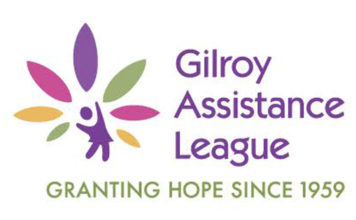Olin’s new plan to build an intricate leaching system to treat
the perchlorate contaminating its former road flare factory site in
Morgan Hill has raised some concerns
– and justifiably so.
Olin’s new plan to build an intricate leaching system to treat the perchlorate contaminating its former road flare factory site in Morgan Hill has raised some concerns – and justifiably so.
The problem is that the soil at the now-closed factory has tested for perchlorate at levels of 13,000 parts per billion – and the contaminated soil is 15 feet deep. Because the water table at the site sometimes rises to within seven feet of the surface, in some spots, the water table is percolating through eight feet of highly contaminated soil.
The places where high water tables intersect with high perchlorate levels have been dubbed “hot spots” by those working on the problem.
Olin’s new plan, which calls for using a leaching system instead of excavating the soil at the site, seems credible. It needs approval by the state’s water quality control board. When the proposal comes before them, we urge regulators to approve of the leaching plan only if Olin removes the soil in the “hot spots.”
The danger posed to our water supply by the hot spots is clear and present and needs to be taken care of expeditiously.
A combined approach – excavating hot spots and installing a leaching system – would be the best method to stem the tide of further perchlorate contamination of South Valley’s water.
We encourage all South Valley residents and elected officials to keep a close eye on the clean-up proposals for the Olin site – the acknowledged source of the perchlorate plume snaking through South Valley’s water supply.
It is incumbent upon the members of the Central Coast Regional Water Quality Control Board to carefully evaluate Olin’s clean-up proposals and to press for a speedy, thorough remediation of the perchlorate contamination. It’s the least our community deserves.










